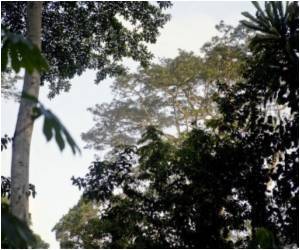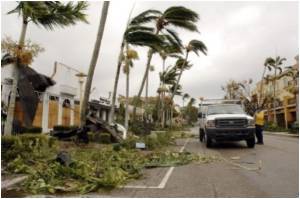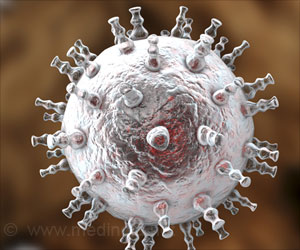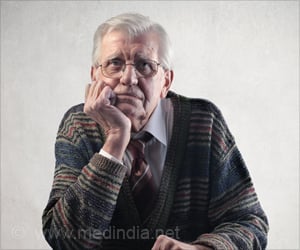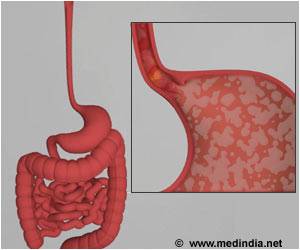A breath and sweat detector could help locate survivors buried under buildings hit by an earthquake or a bomb blast.

The sensors sniff out metabolites, the gassy by-products of breakdown mechanisms, which come from breathing, sweating and urinating.
Dogs can be trained to detect these compounds, but are expensive to train, need frequent rest periods and both animal and trainer are exposed to danger during search operations.
"A device could be used in the field without laboratory support. It could monitor signs of life for prolonged periods and be deployed in large numbers," said Thomas.
The tests sought to duplicate the conditions of a real disaster, in which eight volunteers spent five six-hour days in the simulation of a collapsed, glass-clad, reinforced-concrete building.
The compounds secreted by the volunteers body interacted with materials in the debris, and changed with conditions such as humidity, heat, and wind strength and direction, making the detection process much more difficult.
Advertisement
The devices also picked up the scent of other volatile organic compounds cast off by human bodies, such as acetone and isoprene.
Advertisement
The study appeared in the Journal of Breath Research, published by Britain's Institute of Physics (IOP).
Source-AFP

